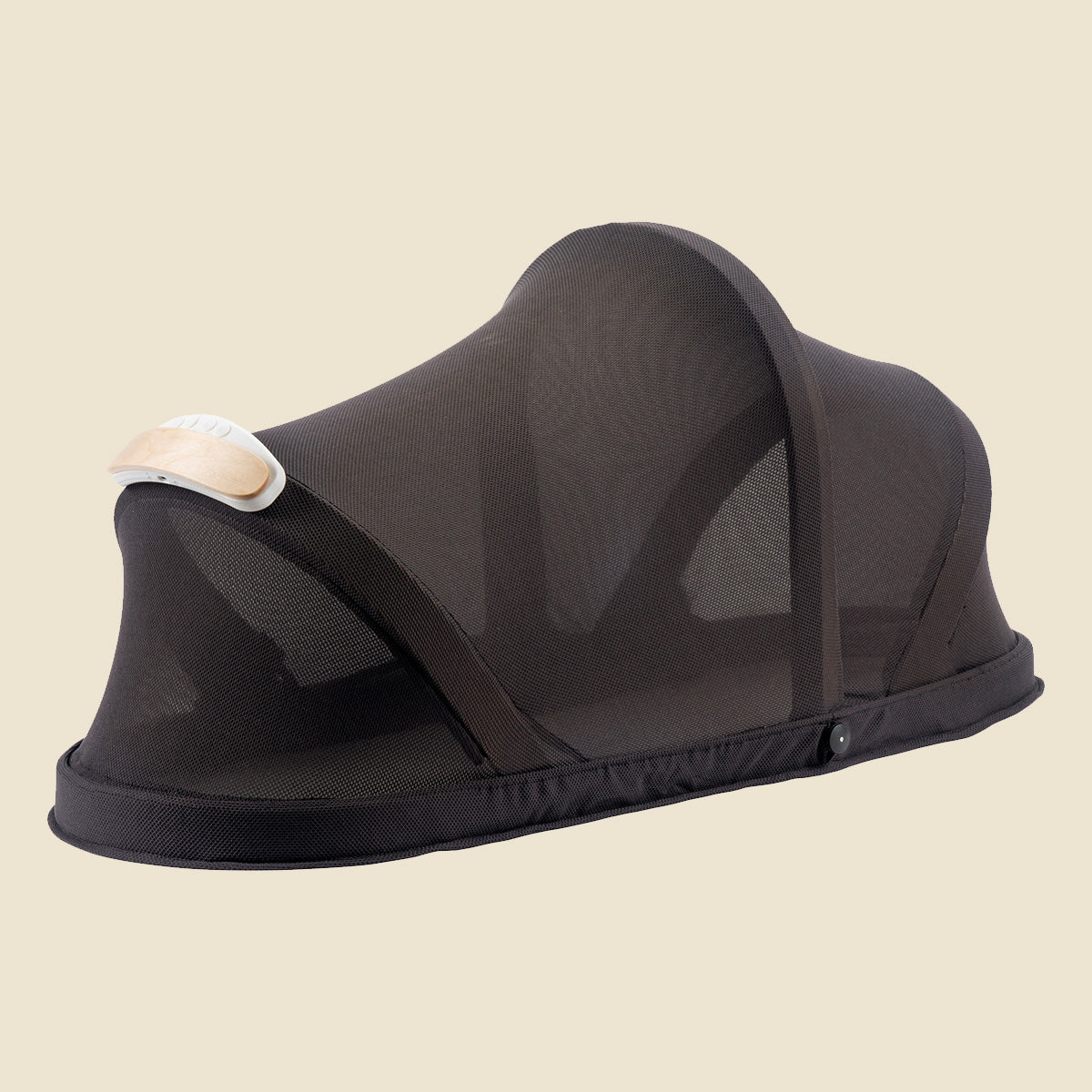When your baby cries, it can pierce your heart. You may be worried, have doubts and not know what to do for a while.
What do you do when your baby cries? Do you go and comfort him right away? Or do you let him cry (for a while)? Or ....?
First, consider the following:
- Crying is the only language available to your baby
- He can use this language to indicate when he needs something
- So it's good as a parent to (try to) understand what your baby is saying
- If you respond responsively as a parent, you will find that the cries become more and more varied and you will be able to respond more and more to his needs
So ...
If you start comforting right away, your baby won't have a chance to indicate what he needs.
For example, if you answer every cry with feeding, your baby will learn that no matter how he cries, the result will always be the same.
But if you let him cry, then you are also not listening to what he needs. Your baby then actually learns that communicating is pointless.
What then?
When your baby cries, listen to your little one first. Take a step back and wait a moment. Come to yourself first so you can better assess what is going on.
What do you hear and what do you see? Then respond to the signals you get.
Of course, you will not understand everything and sometimes misunderstand something. But one learns by doing. You will find that you will understand your baby better and better.
How do you know what your baby is telling you?
Step 1: wait a moment
Your baby's crying can pierce your heart. Your first reaction may be to "save" your baby. But realize that crying is your baby's way of talking. So the best thing you can do is to first try to understand what he needs.
Stand back, wait a few moments and realize that your little one needs something. You don't know what yet, but you're going to try to find out.
Step 2: look and listen
Look at his rhythm, this often already gives a good clue. When did your baby start crying? Did he just have a feeding? Did he just wake up? Has he been awake for a while?
Look and listen to your baby. Is he moaning and yawning and perhaps tired? Or does he cry and make a sucking motion with his little mouth and maybe he is hungry?
Look at the environment: babies are sensitive to all kinds of stimuli that they cannot yet place. Was there a barking dog or other loud noise? Are there pungent smells from, say, cooking or something else? What is the temperature like?
Look at yourself: your baby has an antenna for your emotions. Are you tired or angry? Are you worried about something? Stay realistic; it doesn't matter for a while if you don't know exactly how to do something. It is okay to be insecure, to have doubts and to worry. Then take a break for yourself, leave the room for a few minutes to unwind. Then be there for your little one again.
Step 3: respond responsively
Respond to what you have heard and seen.
For example:
Your little one has had a good feed, has been awake for a while, and is now starting to moan and yawn. Then you address his needs by putting him to bed and making the environment quiet (darken room, shield from noise). He may then cry for a while - a way for him to shut out the outside world - and then go to sleep.
Your house is full of maternity visitors and your baby goes from one to another. Your baby suddenly starts crying long and loud, waving his arms and legs and turning his head away. This is his way of saying that it is all too much for him. Take your little one with you and comfort him - if necessary - in a quiet place.
Does it not work out one time? Don't be too hard on yourself. Just do your best. And you will see: the more often you do this, the better it will go.
How the PIKO helps
Having trouble understanding what your baby is trying to tell you? A recognizable rhythm is going to help you. Because a recognizable rhythm for your baby is also a recognizable rhythm for you. Then you will be able to place the cries better and you will know, for example, when your baby is hungry, when he is tired, or when a burp can get in the way.
So: make sure your baby has a recognizable rhythm. This is especially important around bedtime, as this is how you lay the foundation for a good rhythm. Always the same bedtime ritual (also during the day) with always the same familiar sleeping place are important here. And this is exactly what the PIKO offers your little one: a safe, familiar place to sleep in order to establish a rhythm that suits him.
If you want more information about the PIKO, check out our PIKOsleeper- specially developed by sleep coaches.
Still have questions? Then send us a message, you will always get an answer.
Sleep well, Francien (sleep coach and founder PIKO)




